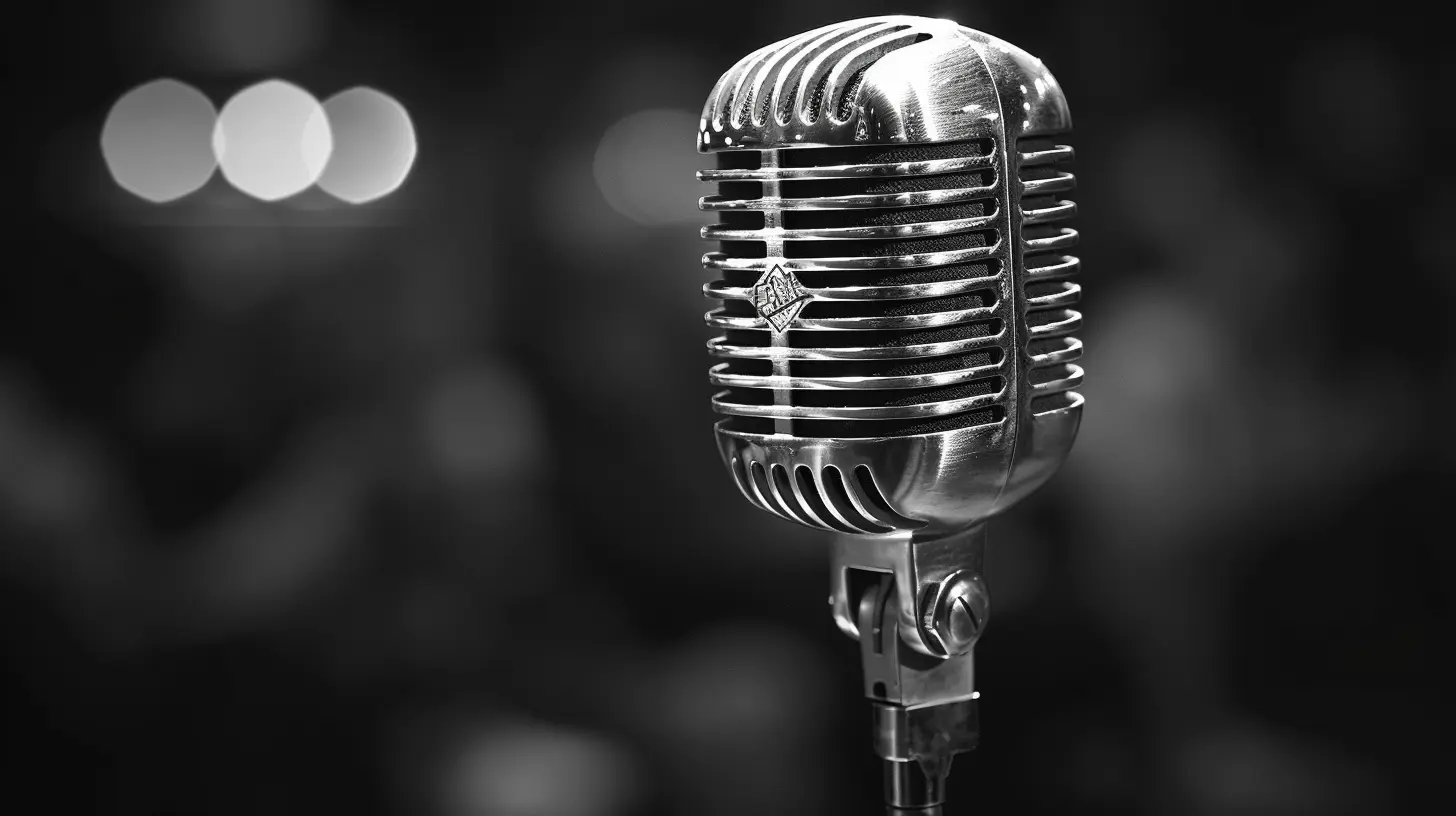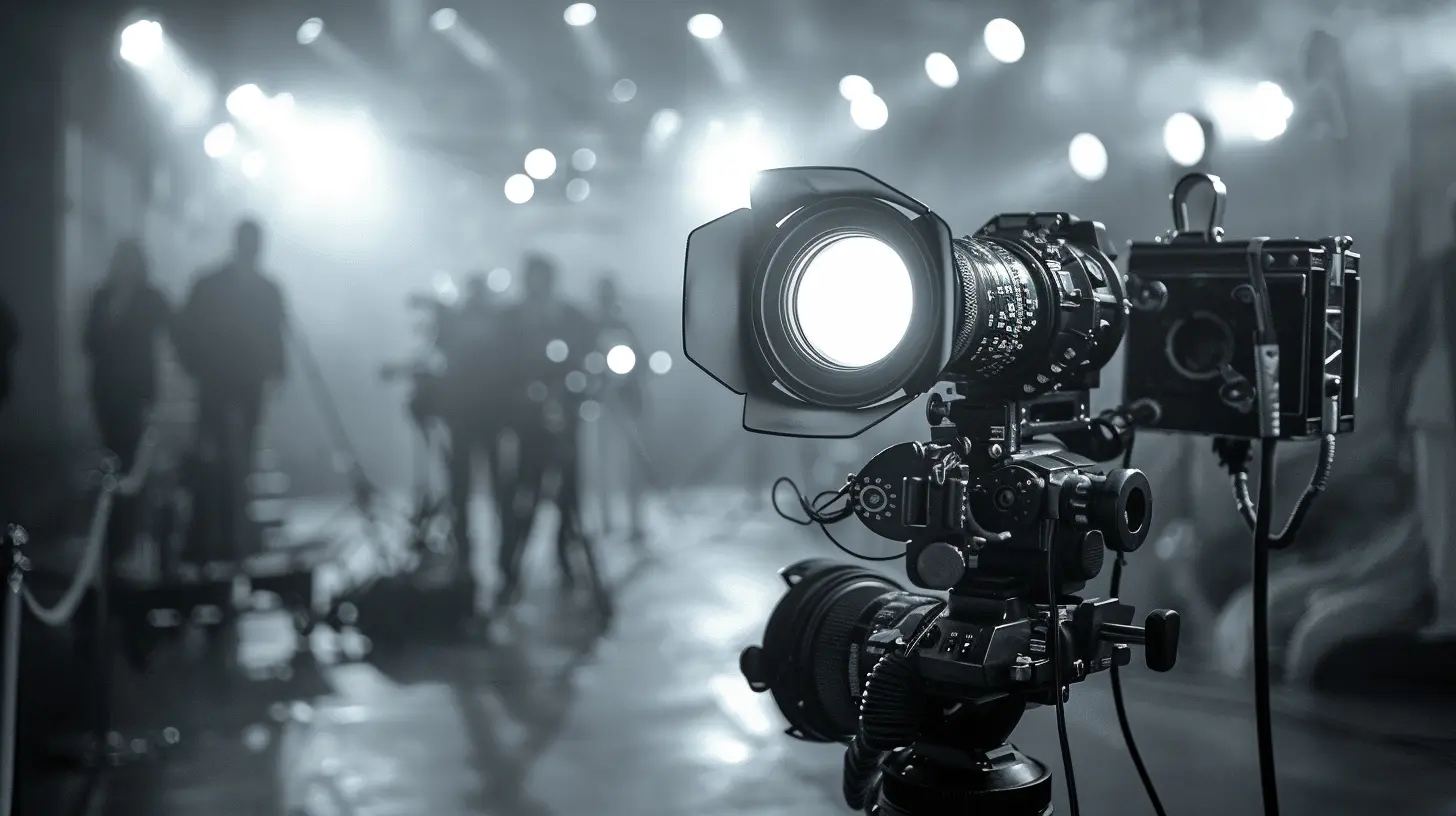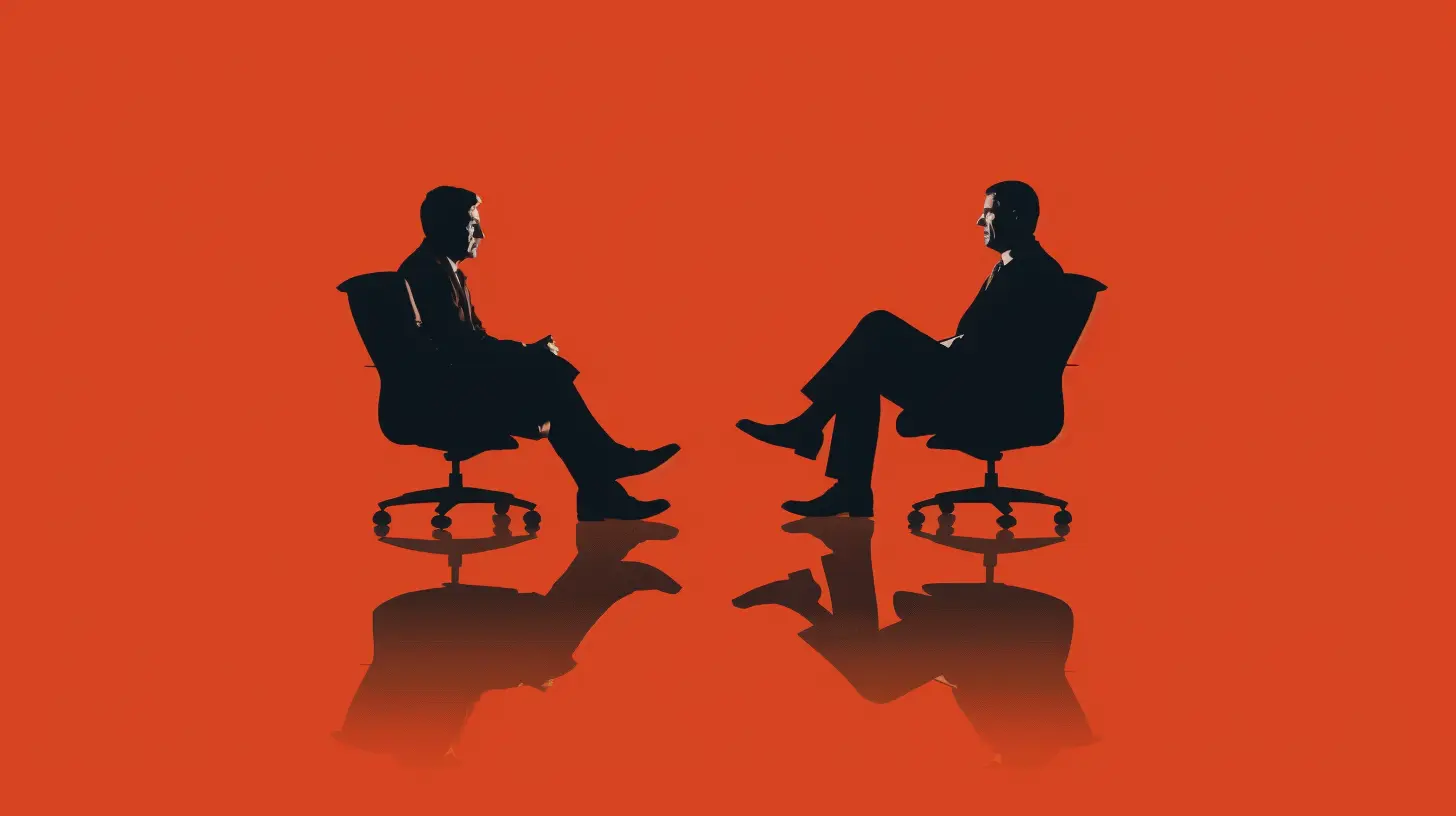Mastering Media Interviews: Tips for Executives
12 October 2025
Let’s be honest—media interviews can feel like a high-wire act with no safety net below. As an executive, you've likely been in the corporate battlefield long enough to be confident in your abilities. But facing a microphone or camera lens? That’s a whole different beast.
Whether it’s a scheduled sit-down or a surprise on-the-spot question, how you present yourself can significantly shape public perception, investor confidence, and even employee morale. So, how do you make the most of the moment and avoid becoming that awkward viral clip on social media?
In this guide, we’ll walk through the essentials of mastering media interviews—without the fluff. Just straight-up, real-world, executive-level advice. Let’s dive in.
Why Media Interviews Matter for Executives
First things first—why should you, a high-level exec with a jam-packed calendar, care deeply about media interviews?Because every media appearance is a branding opportunity. Not just for your company, but for you. In a world where perception often trumps reality, how you're seen on screen or in print speaks volumes. Whether you're launching a product, handling a crisis, or just sharing company updates, the media is your megaphone.
Think of media interviews as free advertising meets thought leadership. Sound good? That’s why this stuff matters.
Prepping Like a Pro: It All Begins Before the Camera Rolls
1. Know Your Message Cold
Before you even step into the studio or Zoom call, lock down your key messages. I’m talking about the three (maximum four) core takeaways you want your audience to remember. Why only three or four? Because anything more than that gets lost in translation.Ask yourself:
- What’s the main narrative I want to tell?
- What’s at stake if I don’t communicate it well?
- What’s the “headline” I’d want the journalist to use?
This isn’t just about promoting your brand—it’s about controlling the narrative.
2. Understand Your Audience
Not all media interviews are created equal. A trade publication will require different messaging compared to a consumer-facing morning show. Do your homework. Who reads, watches, or listens to the media outlet interviewing you?Are they industry experts? Everyday consumers? Skeptical investors? Tailor your tone, examples, and language accordingly.
Remember: You’re not just talking to the interviewer. You’re speaking to everyone on the other side of the screen or page.
3. Rehearse, But Don’t Memorize
Yes, you should absolutely practice. Record yourself. Watch it back. Ask for feedback. But don’t get robotic. You’re not auditioning for a Broadway play.The goal here is to be prepared, not scripted. Authenticity wins hearts—and headlines.
During the Interview: Staying Cool Under Pressure
4. Body Language Speaks Louder Than Words
We take in visual cues before we even process spoken words. Your posture, facial expressions, and hand gestures all matter.- Sit up straight.
- Smile (but not excessively).
- Use open gestures—nothing too wild, keep it natural.
- Make eye contact (if in person) or look into the webcam (if remote).
Looking stiff or defensive can undermine even the most brilliant statements.
5. Answer the Question, Then Bridge Back
Not every question deserves a deep dive. Some are loaded, some are irrelevant, and some are just plain awkward.Here’s a trick that works: A-B-C
- Acknowledge the question.
- Bridge to your message.
- Communicate your key point.
For example:
_"That’s a fair concern, and it’s something we’ve thought about. What we’ve done is... [insert key message]."_
Smooth, right?
6. Avoid Jargon Like It’s a Bad Habit (Because It Is)
You might think talking in industry terms makes you sound smart, but it often has the opposite effect. If you have to use complex terms, simplify them or explain them in context.Imagine explaining your point to your neighbor who's not in your industry—if they’d get lost, so will your audience.
7. Stay Calm—Even If the Questions Get Tough
Uncomfortable questions? Absolutely. It’s part of the territory. But don’t get defensive or combative. That almost never ends well.Instead, stay composed, pause if needed, and circle back to your core messaging. You’re there to inform, not argue.
Important: Never say “no comment.” It sounds like you’re hiding something. Try:
_"That’s not something we’re ready to talk about yet, but here’s what I can tell you..."_
Common Mistakes That Sink Executives in Interviews
Let’s talk about the landmines—because nothing’s worse than stepping on one mid-interview.1. Winging It
You’re a pro at thinking on your feet—but media interviews are a different playground. Those who “wing it” often regret it. You’ll either ramble, overshare, or miss the key messaging entirely. Prep is not optional.2. Over-Talking
Once you’ve made your point, stop. Silence is not your enemy. Rambling can dilute your message and give reporters more to twist.3. Sounding Too Polished
Yes, there is such a thing. If you sound like you’ve been media-trained within an inch of your life, people start to question your authenticity. “Spin” turns audiences off.Aim for professional, but human. Speak like a person, not a press release.
4. Neglecting the “Soft” Questions
You may think questions like “Why do you love your job?” or “What inspires your leadership style?” are fluff. But these are your chance to humanize your brand and connect emotionally.Don’t miss that opportunity.
What to Do After the Interview
Whew, you survived! But your work isn’t over yet.1. Debrief With Your Team
Discuss what went well, what could improve, and any follow-up actions. Treat it like a post-game locker room huddle.2. Monitor the Coverage
Track how the interview was used. Was your quote used accurately? Did the journalist twist your message? If anything’s off, consider politely requesting a correction (but tread carefully—relationship > reputation).3. Share It Internally and Externally
If the interview went well, amplify it! Post it on LinkedIn, share it with your PR team, include it in investor emails. Leverage it to broaden your reach.Bonus Tips for Remote Interviews
Zoom fatigue is real, but virtual interviews are here to stay. Nail them with these extras:- Use soft lighting (no shadows, no glare)
- Check your background—clean and non-distracting
- Use headphones with a mic for better audio
- Look into the webcam, not at the screen
- Close all apps and notifications—no surprises!
Final Thoughts: Confidence Without Arrogance
Media interviews aren’t about being perfect—they’re about being purposeful. As an executive, your job is to lead with clarity, calm, and confidence. But it’s also about showing up as a real human, not a corporate mouthpiece.Preparation is power. Practice makes presence. So, the next time you're booked for an interview, walk in (or log in) knowing you’ve got this.
Because honestly? You do.
all images in this post were generated using AI tools
Category:
Public RelationsAuthor:

Amara Acevedo
Discussion
rate this article
1 comments
Uriah Klein
This article offers valuable insights for executives navigating media interviews. However, it could benefit from exploring the psychological aspects of communication, emphasizing how authenticity and emotional intelligence can significantly enhance message delivery and audience connection.
October 13, 2025 at 11:34 AM

Amara Acevedo
Thank you for your insightful feedback! I appreciate your suggestion to incorporate the psychological aspects of communication, and I'll consider this for future revisions.


